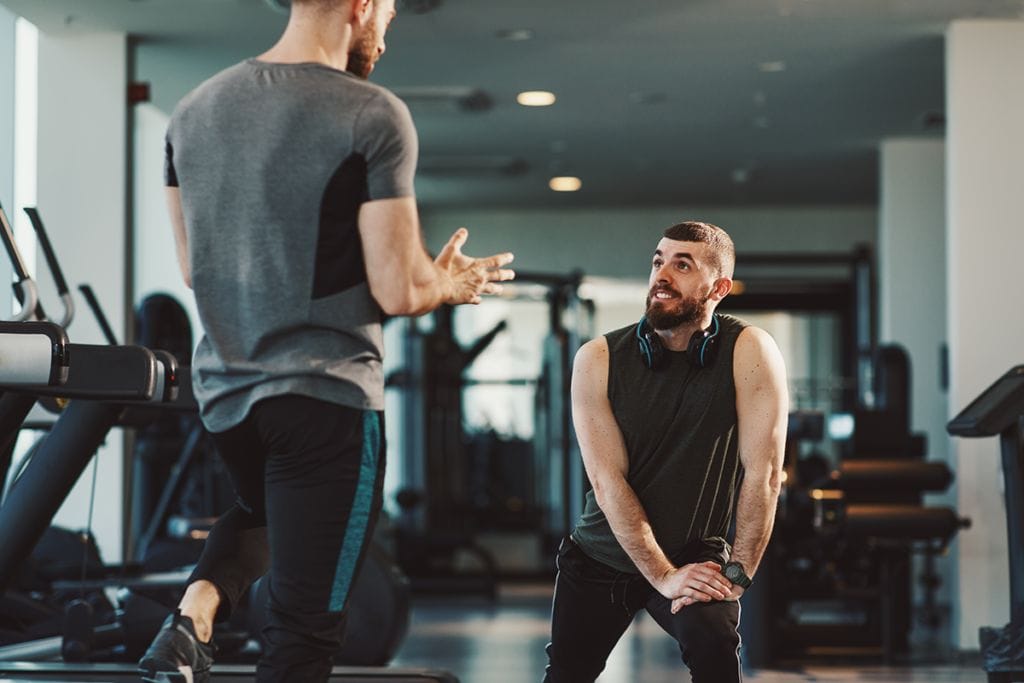As an athlete, before you had an injury, your body was prepared for sport-specific forces, velocities, and impacts.
Pre-injury, your joints were healthy and your muscles were strong. You had great range of motion, and your balance was excellent.
Your reflexes were sharp and your coordination was on point.
You were in peak physical condition and ready to perform at your best.
But then you got injured.
Maybe you strained a muscle or twisted a joint; perhaps you suffered a more serious injury that required surgery.
Whatever the case may be, your body is no longer prepared for the rigors of your sport—at least not at the present time.
When you get injured, your body is no longer able to handle the same forces, velocities, and impacts that it could before.
Not only is your body now trying to heal the injury, but you’re also feeling drained from the energy your body is using to heal itself.
Your body also has to deal with inflammation, which can make it difficult to move around. all of these factors combine to make your body less able to handle external forces.
This is why it’s so important to take the proper steps to rehabilitate your injury and get your body back to peak physical condition—so you can return to your favorite sport.
Of course, once you’re injured, it’s also important to let your body recover.
So how can you do both of these—safely—without ending up making an injury worse?
Enter Return to Play: a process that allows you to safely return to your sport after an injury.
What is Return to Play (RTP)?
The goal of the Return To Play (RTP) program at Speed Mechanics is to be better than the level of play where your injury occurred, both mentally and physically.
When you’re preparing to return to the playing field after an injury, it’s important to make sure that you’re incorporating a variety of different training exercises into your regimen. That’s why our RTP program incorporates strength, speed, agility, change of direction, jumping, and landing.
Strength training is essential for rebuilding the muscles that have been damaged, while speed and agility training will help you regain your edge on the field. Change of direction and jumping exercises are also important, as they’ll help you regain the ability to move quickly and efficiently in any direction. Finally, landing exercises are key for helping you avoid future injuries.
Speed Mechanics genuinely believes an athlete must be prepared to Return To Play without hesitation. Our coaches diligently work with each athlete to elevate confidence and preparedness for RTP.



